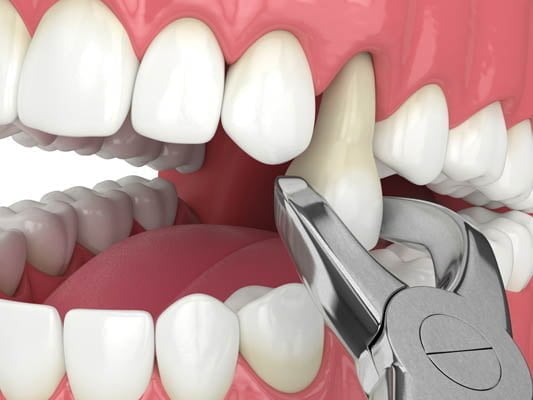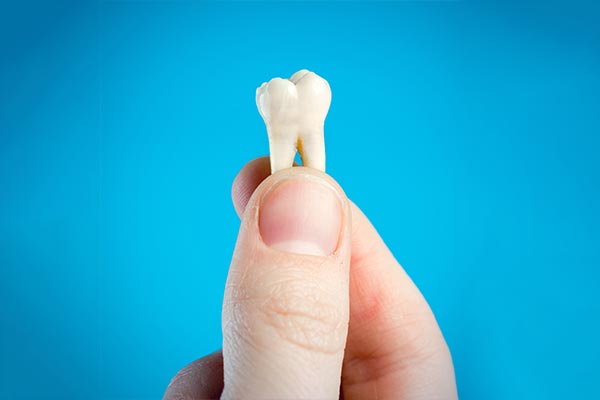Understanding Dental Laminates
Dental laminates are a type of cosmetic dental treatment that can be used to improve the appearance of your smile. Like veneers, laminates are thin, custom-made shells that are attached to the front of your teeth to cover up any imperfections. However, there are some key differences between laminates and veneers that you should consider before deciding which treatment is right for you. Speak with one of our porcelain veneer or dental laminate specialists in Tonawanda for help choosing the best option.
One key difference is that laminates tend to be lighter and less durable than veneers. While laminates can help improve the whiteness of your teeth, they are not typically used for dental repairs. Laminates are also much thinner than veneers and require less enamel removal, which can be better for your long-term tooth health. However, laminates can be more expensive than veneers and may appear bulky on your teeth if they are placed without any alteration to the tooth shape or enamel.
Understanding Dental Veneers
Dental veneers are a type of cosmetic dental treatment offered at our Tonawanda clinic that can be used to improve the appearance of your teeth and fix minor damage. They are thin coatings made of porcelain or composite resin that are attached to the front of your teeth to cover up any imperfections, such as gaps, misshapen teeth, cracks, chips, staining, and discoloration. In order to place veneers, your dentist may need to remove some of your tooth enamel and reshape your teeth to allow the veneers to sit flat and blend in with your natural teeth.
There are two types of dental veneers offered at our Tonawanda office. Choose from porcelain veneers and composite resin veneers. Porcelain veneers are typically stronger and more durable than composite resin veneers, and they tend to resist staining. However, at our Tonawanda clinic, porcelain veneers usually require two dental visits to complete, while composite resin veneers can often be completed in just one visit. Composite resin veneers tend to be less expensive than porcelain veneers, but they may be more prone to breakage. Your dentist can help you choose the best type of veneers for your needs and budget.
“Dental veneers are thin coatings of porcelain or composite resin covering the teeth to repair minor damage and improve the appearance of stains or discoloration.“
Placing Dental Veneers
At our Tonawanda office, placing dental veneers involves a series of steps to ensure that the veneers fit properly and look natural. The process for placing porcelain veneers typically involves the following steps:
- Removing enamel from the tooth surface: In order for the veneers to adhere properly to your teeth, your dentist will need to remove a small amount of enamel from the tooth surface.
- Creating custom veneers: A dental lab technician will create custom veneers using teeth molds and color-match them to your natural teeth.
- Bonding the veneers: Once the veneers are ready, your dentist will bond them to your teeth using special dental cement.
For composite resin veneers, the process is similar but may involve slightly different steps. After removing enamel from the tooth surface, your dentist will apply the composite resin to your teeth and shape it to achieve the desired appearance. They will then use a special light to seal the resin to the underlying teeth, and finally, they will file the veneers to give them a natural appearance.
Dental Veneer and Laminate Aftercare
After receiving dental veneers or dental laminates at Tonawanda’s Bison Dentistry, it is important to take good care of them to maintain their appearance and function. Good dental hygiene, including brushing and flossing after meals and visiting the dentist for regular check-ups, is essential to keep your veneers or laminates looking and functioning their best. Skipping these steps can lead to decay and cavities developing between or under the veneer shells.
It is also important to be careful with your veneers or laminates, as they can crack, break, or loosen under pressure. Avoid chewing hard candies, ice, or other hard objects, and stick to soft foods for the first few days after your procedure. You should also avoid consuming nuts, hard bread, popcorn, seeds, and other hard or crunchy foods. Wearing a bite guard at night can help prevent grinding that may wear down your veneers. Additionally, veneers are more prone to staining than laminates, so it is a good idea to avoid substances like tobacco, red wine, and coffee to keep your veneers looking their best.
Frequently Asked Questions
Dental laminates and veneers may feel strange at first. Most patients become accustomed to their laminates or veneers a few days after the procedure. Patients should let their cosmetic dentists know about any bite problems as adjustments may be needed.
Patients should make their decision based on their desired results and the current state of their teeth. We usually recommend porcelain for patients with crooked or misshapen teeth, gaps, and cracks. Composite veneers may be a better choice for patients with stained or minorly chipped teeth.
Most dental veneers last between seven to 15 years. Proper care is necessary to extend the life of veneers. Visiting the dentist regularly and following aftercare instructions can also help veneers last longer.
Dental veneers are used only on the front teeth and are not appropriate for molars. The exact number of veneers depends on the state of the teeth and the patient's esthetic goals. Most people opt for an even number of veneers, commonly two, four, eight, 10, or 12.
Local anesthetics numb the patient before removing tooth enamel and installing veneers. After the procedure, it is common to experience mild soreness affecting the jawbone and gums. Over-the-counter pain medication can reduce this discomfort.
If damage occurs, the veneer may loosen and eventually come off. Patients should see their cosmetic dentists in these cases. Do not attempt to reattach the veneer at home with glue or any other substance. Avoid hot and cold foods and beverages since the exposed tooth may be sensitive because of the removed enamel.







